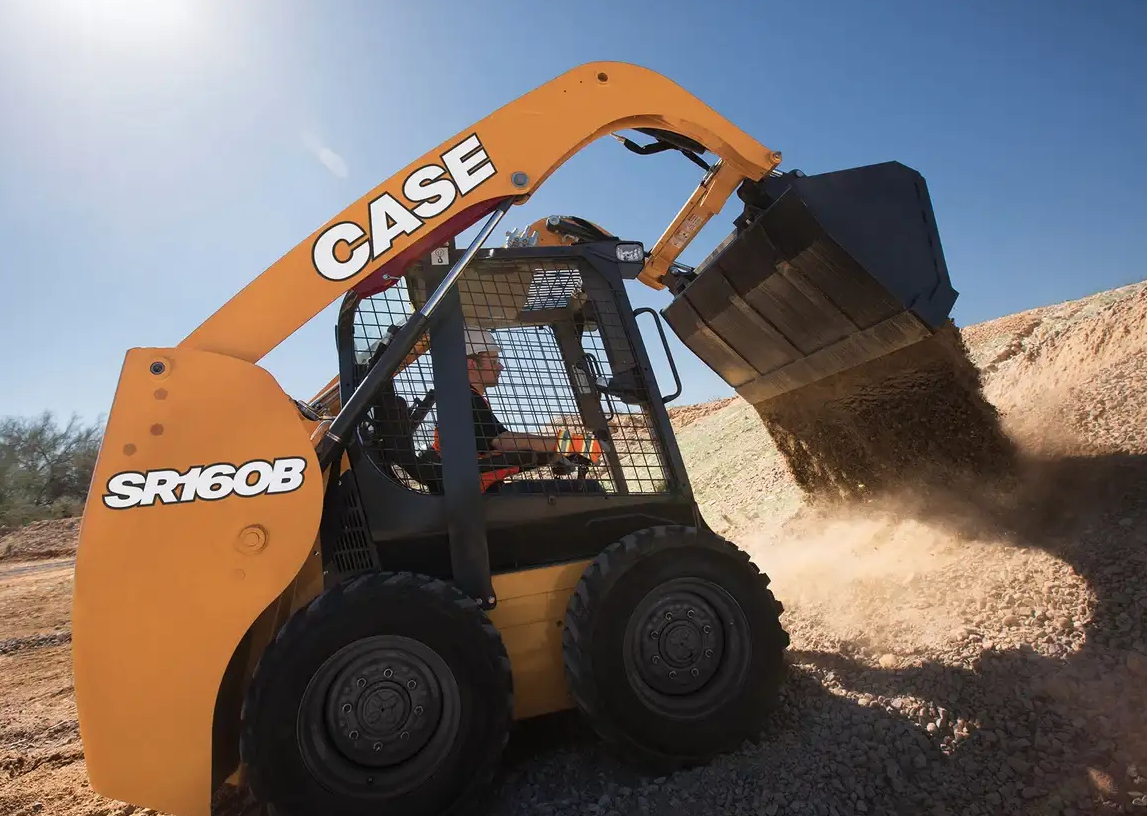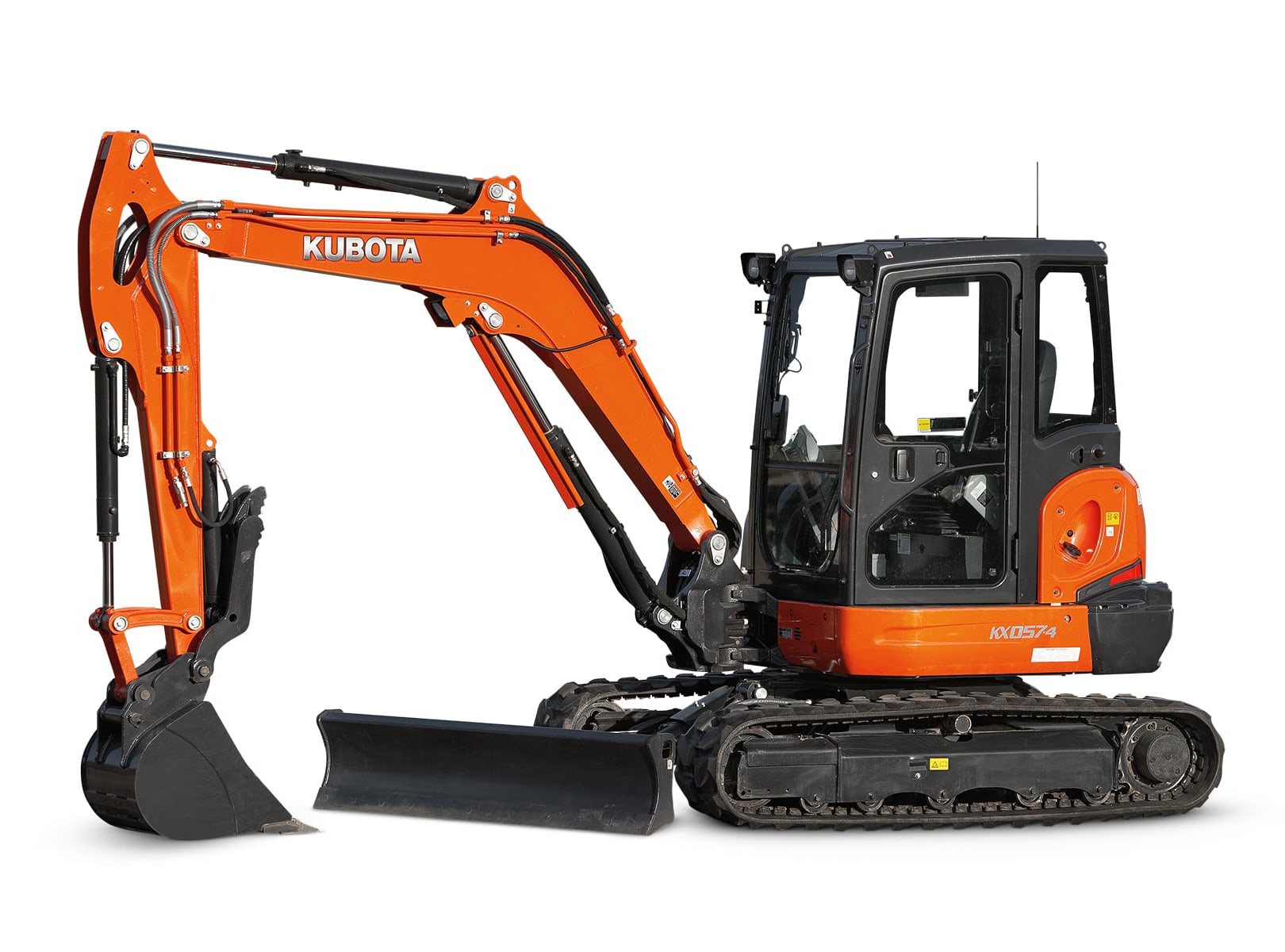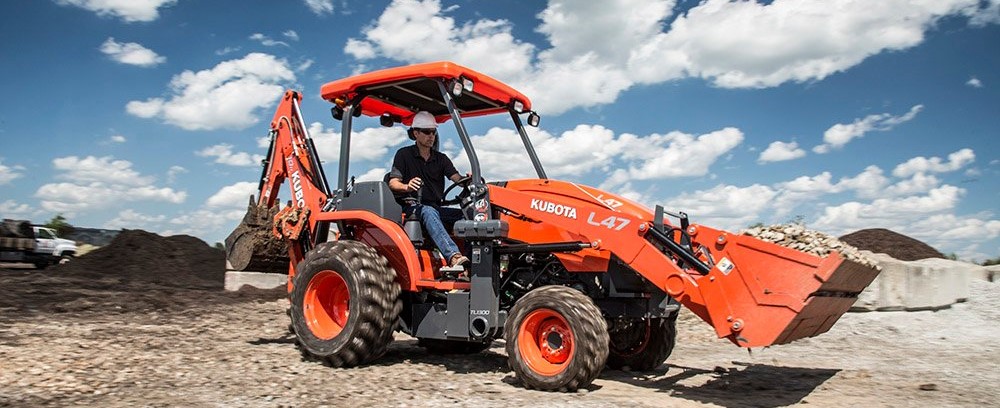Blog

New vs. Used Heavy Equipment: What’s Most Cost-Effective in 2025?
October 8, 2025Choosing efficient, effective heavy equipment is undeniably a crucial decision. As you likely know, the key to figuring out whether you should choose new or used machinery in 2025 is understanding the Total Cost of Ownership (TCO), beyond the initial price tag and each machine’s entire working life.
The question is: Which way to go?
We’ll break down the main factors (depreciation, maintenance, and warranties) to help you decide which path offers the best value for your fleet. In the end, we hope we make the choice feel less like a coin toss, and more like the right decision for your stakeholders.
Let’s begin…
The Big Financial Hit: Heavy Equipment Depreciation
The single biggest cost difference between new and used equipment is heavy equipment depreciation.
- New Equipment: A brand-new machine suffers rapid depreciation, losing a significant portion of its value, up to 25% in the first year alone. It’s not unlike buying a new car. You, as owner, quickly absorb the full cost of the loss.
- Used Equipment: When you purchase used heavy equipment for sale, someone else has already taken that first, steepest financial hit. This means the used machine’s value will decrease much slower over the next few years. This advantage in retained value is why the lower initial price leads to a much better long-term return on investment, making it a key factor in the cost of used vs new construction equipment.
For companies focused on maximizing their capital, avoiding this initial depreciation loss can be the most cost-effective strategy.

Maintenance and warranties directly affect your machine’s reliability and your TCO.
Warranties and Risk
New machinery (like a new Case excavator or a Kubota compact tractor) comes with a comprehensive factory warranty. This is your insurance policy. If a major component fails early on, the manufacturer covers the cost, giving you peace of mind and predictable spending.
Used equipment often has limited or no warranty. However, many quality dealers offer certified programs or separate warranty packages. When purchasing, make sure to always find out the machine’s history. Most industry experts note that scheduled maintenance and expected repair costs are essential parts of the machine’s life cycle cost analysis.
Maintenance and Refurbished Benefits
- New Equipment: Maintenance is predictable. You follow the manufacturer’s suggested schedule, and generally, you won’t have major, unexpected breakdowns for years.
- Used Equipment: While you save money upfront, you must budget for potentially higher maintenance costs sooner. This is where the concept of refurbished heavy machinery benefits comes in. A reputable dealer, like Eagle Power & Equipment, thoroughly inspects and services used gear. A well-maintained machine from a reliable brand can still offer years of dependable service, saving you money on the purchase price without immediately failing.
Looking Ahead: What 2026 Will Bring to Equipment Decisions
The year 2026 is forecasted to be a turning point for the heavy equipment market, offering new opportunities and challenges that will impact your buying decision.
- Market Recovery: After a period of slower sales in 2025, global construction equipment sales are expected to begin a solid recovery and return to positive growth in 2026. This means higher demand, which could lead to tighter supply and potentially higher prices for new machinery.
- The Technology Push: Connected equipment will become the standard. The market for construction and heavy equipment telematics (the use of smart technology to send data) is expected to nearly double by 2026.
- Predictive Maintenance: New machines will use AI (Artificial Intelligence) to predict when a part is about to fail, allowing for repairs before the machine breaks down. This reduces unexpected downtime.
- Electrification: The push for zero-emission worksites is growing. The global market for electric off-highway vehicles is set to grow rapidly, and you may begin to see hydrogen-powered equipment entering the market in 2026 .
- The Rise of Rental: Due to the high cost of new, tech-loaded machines, the rental market is set to be the strongest area of growth in 2026. More contractors will rent to get access to the latest technology without the huge upfront capital cost.
Choosing the Most Cost-Effective Path
The final decision in 2025 in the comparison of new heavy equipment vs used depends on your operational needs and cash flow, keeping 2026 trends in mind.
Choose New Equipment if:
- You have a higher initial budget and want predictable operating costs.
- You run full-time, high-production jobs where machine downtime is unacceptable.
- You need the absolute latest in safety features and the advanced telematics technology that will be standard in 2026.
Choose Used Equipment if:
- You need a lower initial cost to save capital.
- You are looking for the lowest overall TCO due to slower depreciation later on.
- The machine is for seasonal work, supplemental fleet needs, or short-term projects.
For many businesses, buying quality used equipment is the smartest choice for their overall budget. If you have short-term needs or are testing a new line of business, you might also consider our flexible Rental options.
We have options for every budget and project need. You can browse our current inventory here:
- See our newest machines: New Equipment Inventory
- Find our high-value gear: Used Equipment Inventory
If you’re still not certain which way to go – new or used – contact us today. We can help break it down for you.










